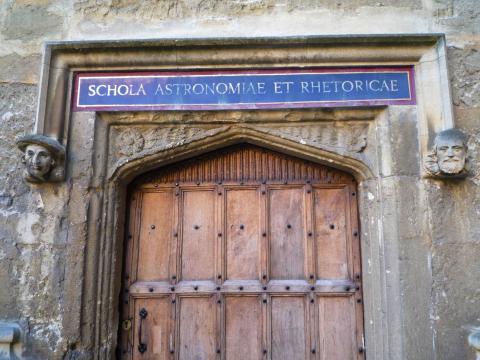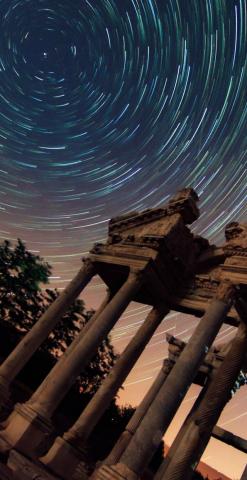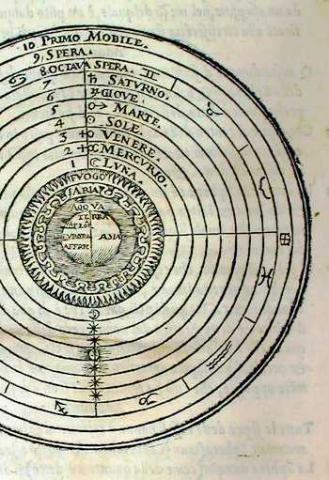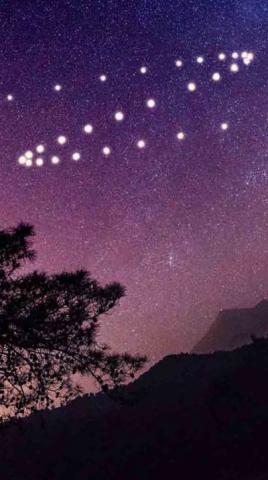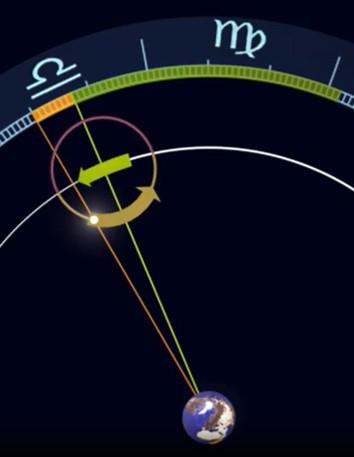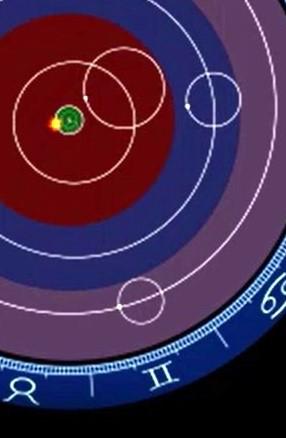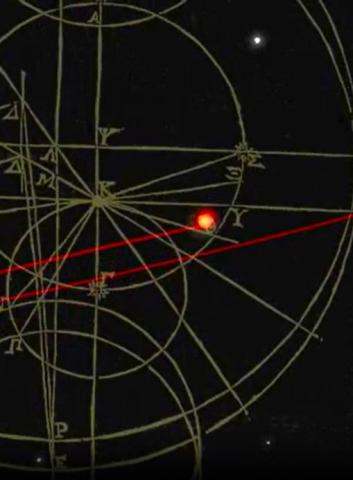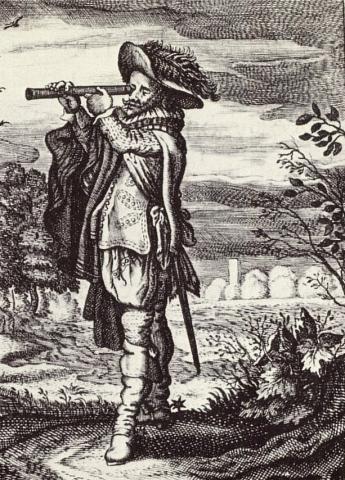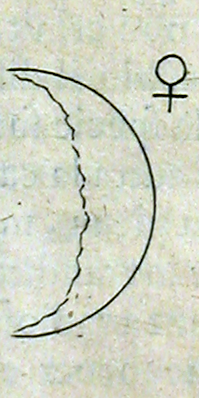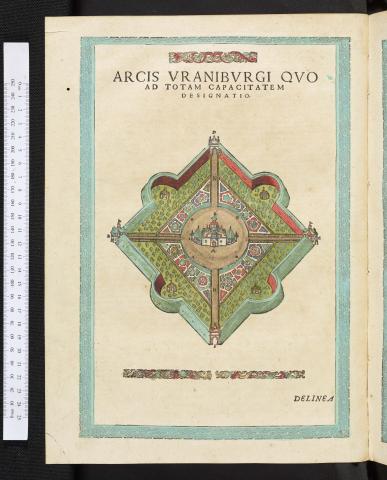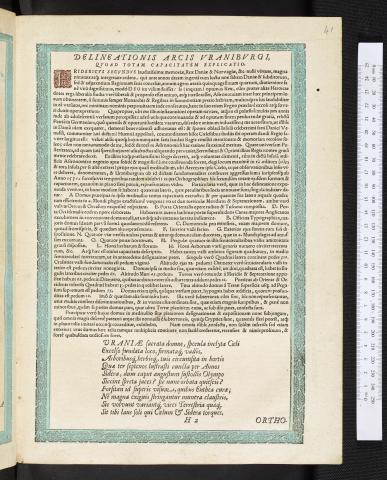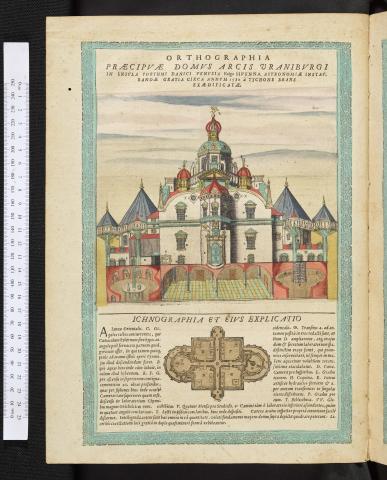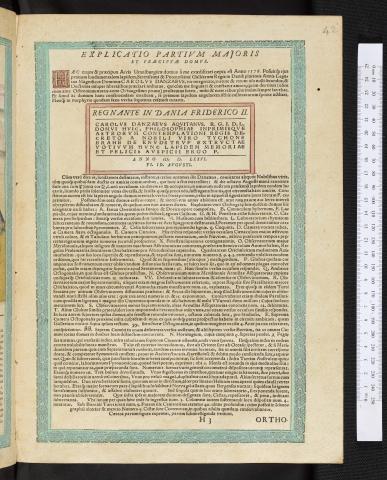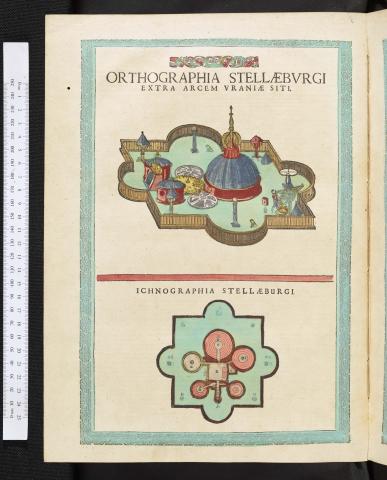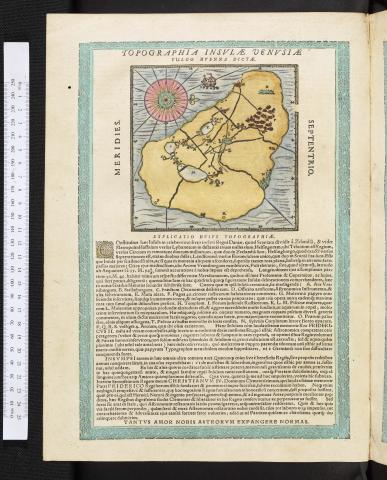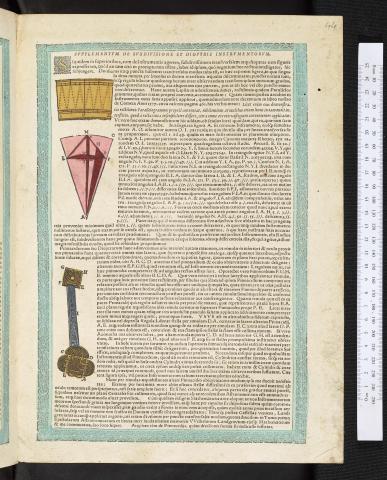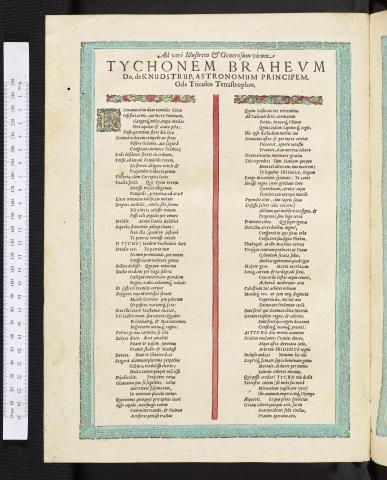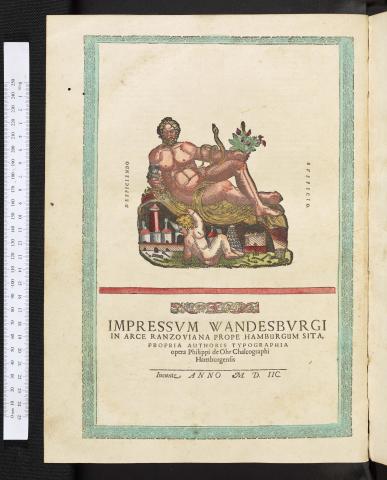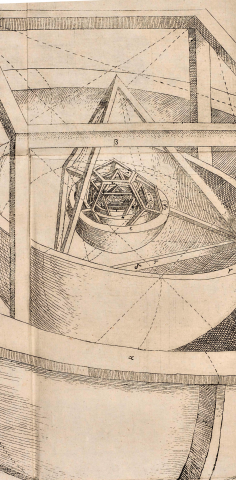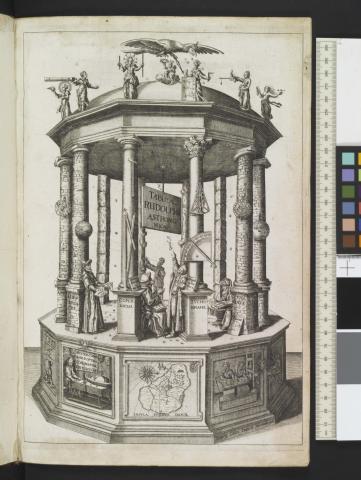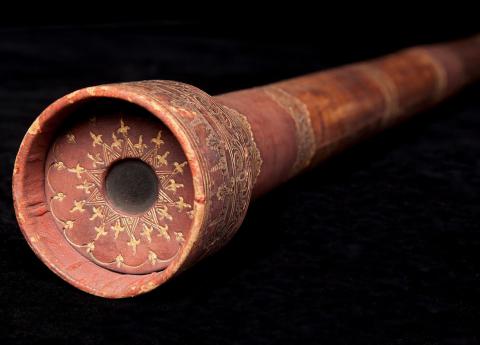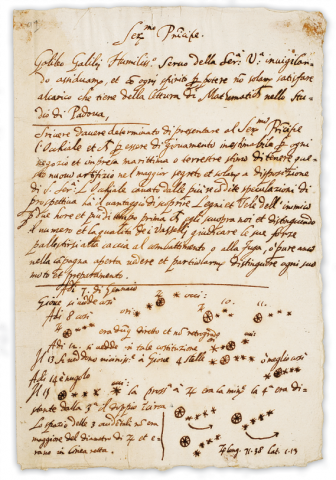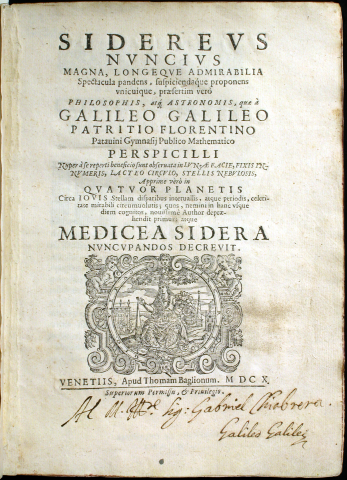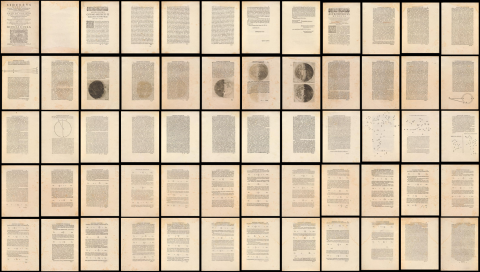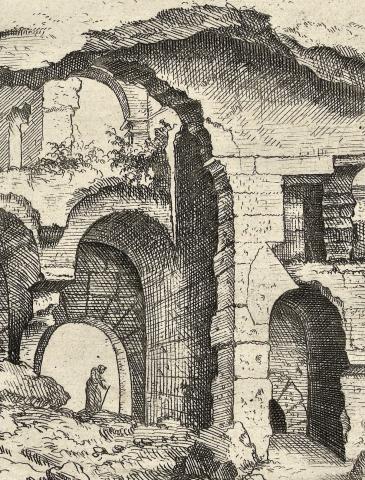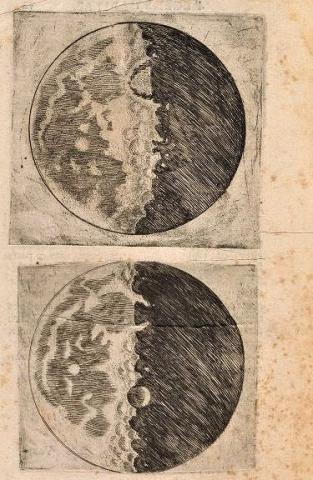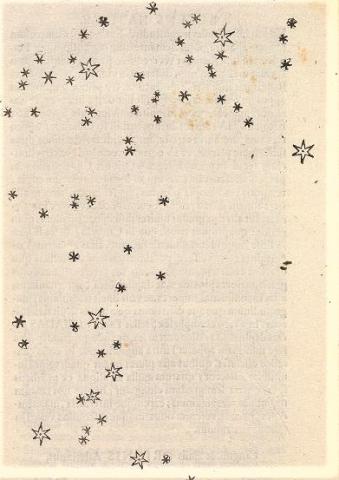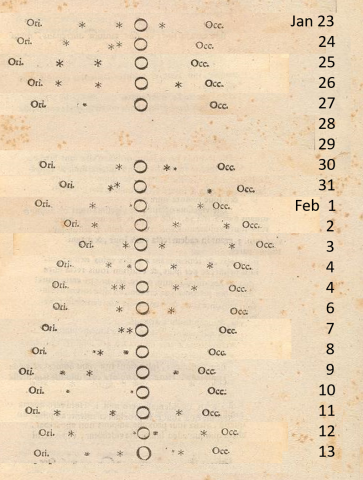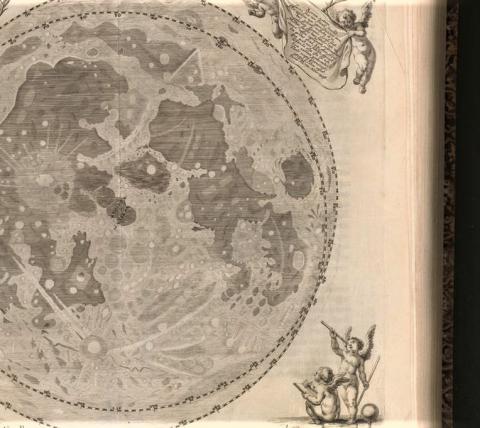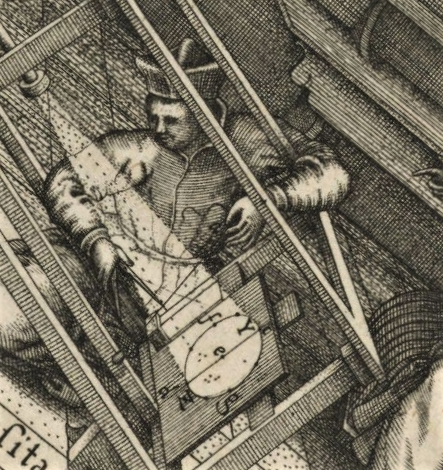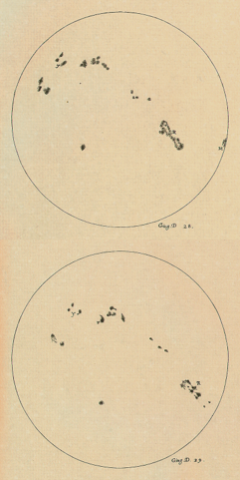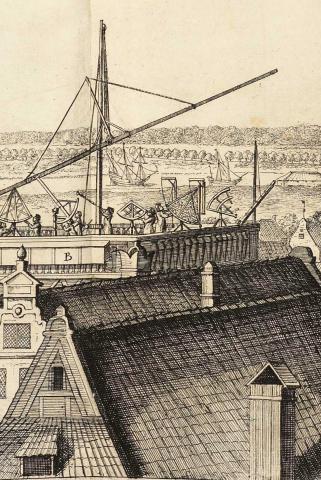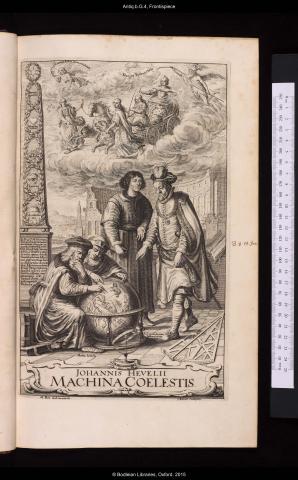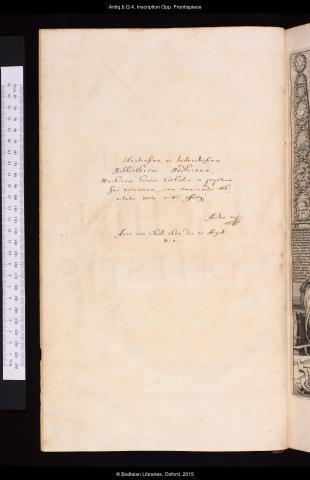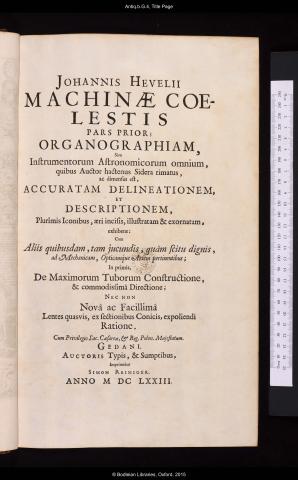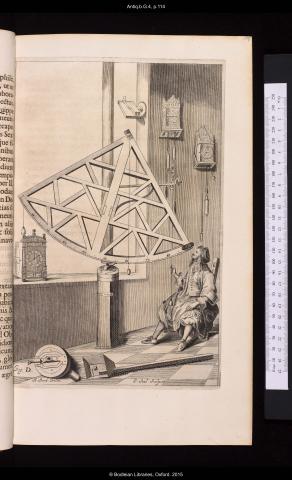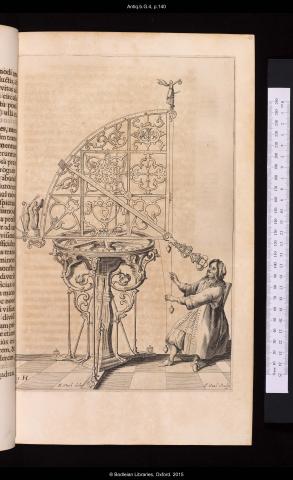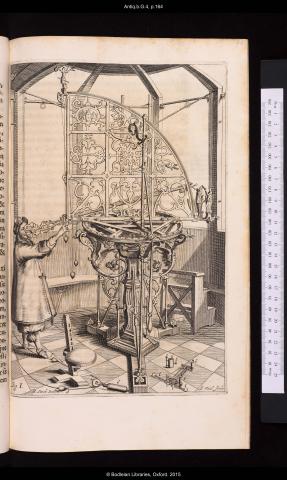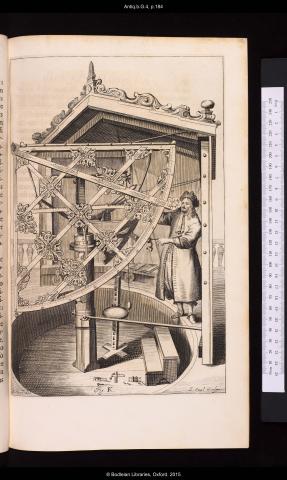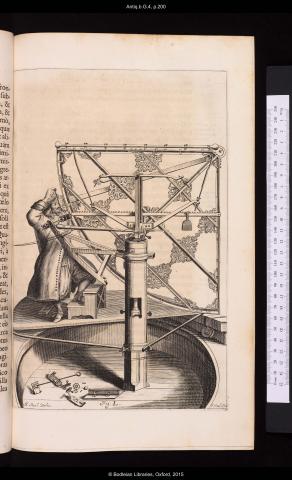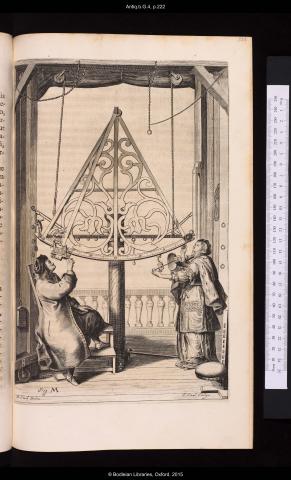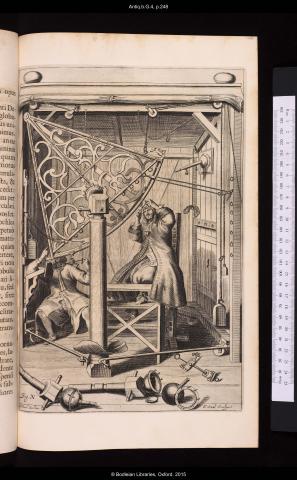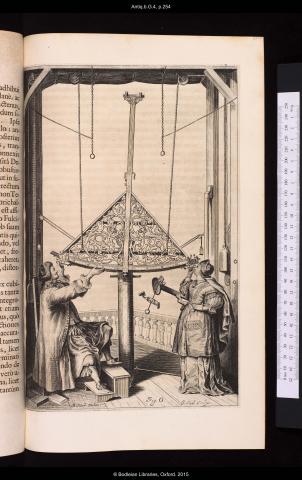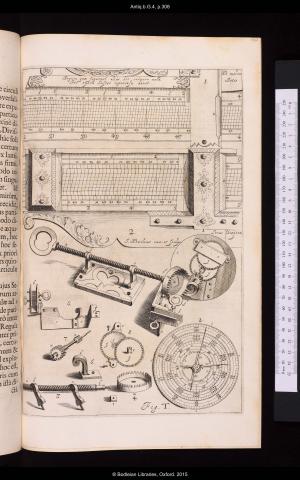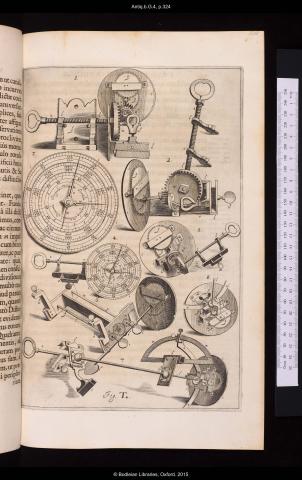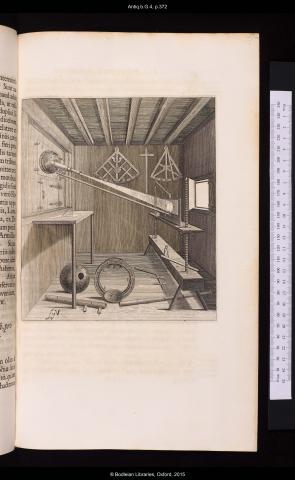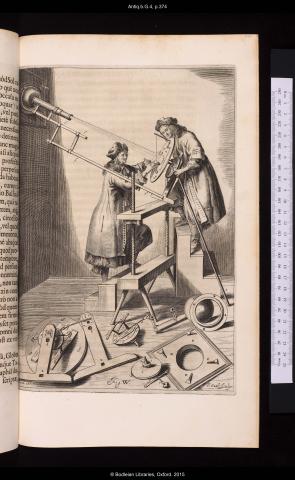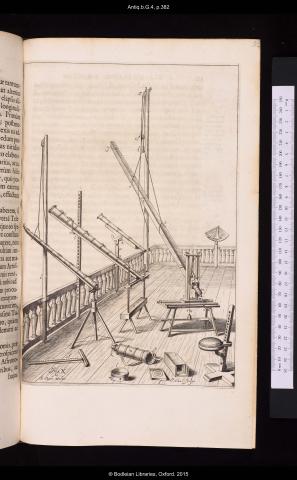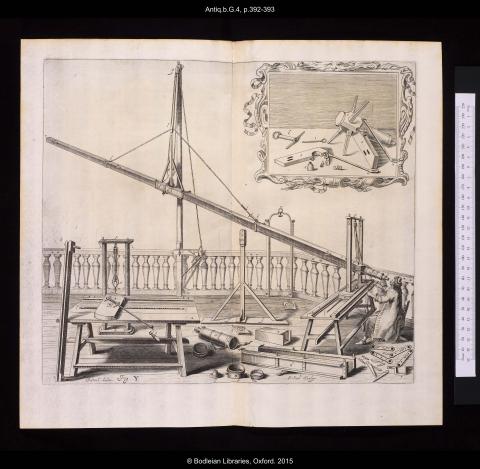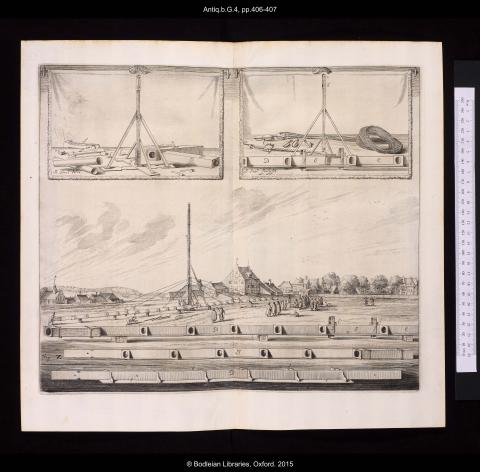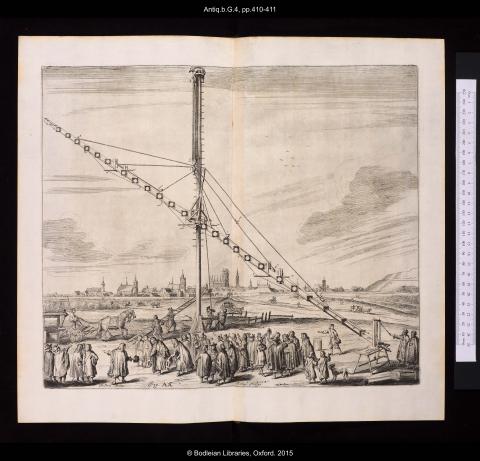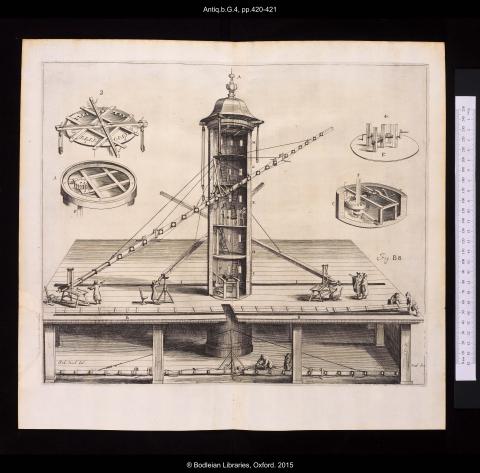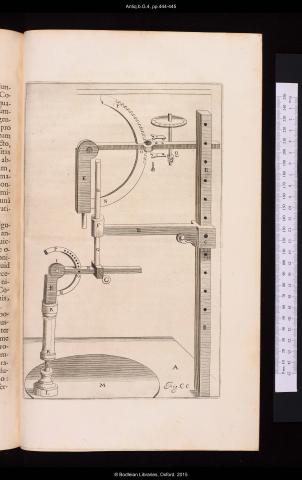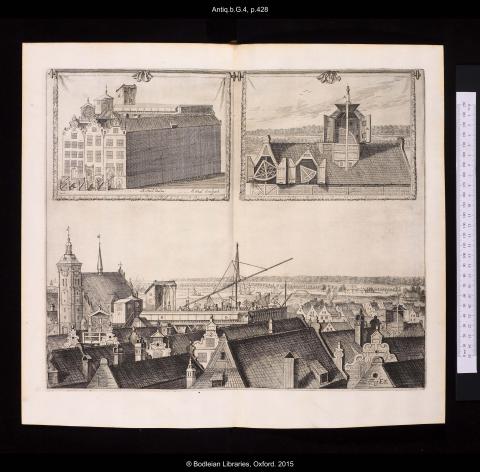C3 - The macrocosm: new heavens, new earth

In 1543 Copernicus introduced a new cosmological theory which turned the received world view inside out. The sun, he argued, rather than the earth, was the central body around which the entire system turned. Why did Copernicus favour this new view? Answers to this question require some familiarity with received consensus. And why was his alternative not adopted immediately? To this question, there are three main answers. First, empirical support for his view was lacking: Tycho Brahe exhausted the capacity of naked-eye observation without finding such evidence, and it was only Galileo'e telescope which first revealed empirical support for Copernicanism in 1610. Second, Copernicus’s system was based on flawed premises deriving from the previous system which were only removed by Kepler in 1609-19. Third and most importantly, a new physics was needed before a coherent alternative to the synthesis of Aristotelian physics with Ptolemaic cosmology could be created. Galileo laid some of the groundwork for this new physics during the 1630s, but the full solution was not found until Newton published his Principia (Mathematical Principles of Natural Philosophy) in 1687. But Newton's new celestical mechanics was not universally adopted immediately: its principle of gravitational attraction at a distance contradicted the mechanical philosophy in vogue at the time. As a consequence, virtually the entire seventeenth century can therefore be characterised as one in which the old world-view was in disarray and no entirely satisfactory alternative had been provided.
Comprehending the competing explanations of planetary motion is not something which history students are typically required to do. Thankfully, the internet is now full of visual aids and animations which ease the comprehension of this important topic. The purpose of this introductory unit is to assemble some of these aids and to furnish them with a minimum of explanatory commentary before plunging into the more detailed study of individual figures and issues below.



The invention of the telescope represents the most dramatic rupture in the entire history of observational astronomy. Galileo did not invent the instrument, but after increasing its power and directing it from the earth to the heavens, he published in 1610 a brief work which provided for the first time startling empirical evidence which undermined the traditional geocentric cosmology and bolstered central features of heliocentric alternative. After a brief account of the origins of the telescope, this cluster outlines the chief features of the work and its startling revelations regarding the pockmarked surface of the moon, the innumerable stars invisible to the naked eye and, most significantly, the existence of four satellites orbiting around the planet Jupiter.

Galileo’s Sidereus nuncius of 1610 inaugurated a frantic and fertile period of telescopic observation, accelerated both by the significance of his discoveries and by constant technological innovation. Each of the main findings of his revolutionary little work became the starting point for further investigations. His first sketches of the face of the moon give rise to selenographia, which rapidly produced increasingly detailed and precise representations of the Earth’s satellite. The presence of irregularities on the Moon’s surface stimulated a debate over the apparent spots discovered on the face of the Sun as well. Telescopic observation spread from Jupiter to other planets, revealing the phases of Venus and the curious appearance of Saturn, which baffled astronomers for a generation. Galileo, eager to exploit the practical as well as theoretical implications of his discoveries, also devoted considerable energy to harnessing the potential of Jupiter’s satellite to provide the reliable clockwork needed to solve the vexed problem of determining longitude at sea.


